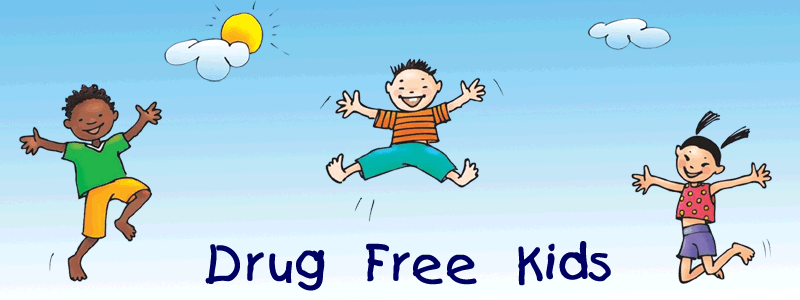ALCOHOL
|
"What is it?" |
There are different kinds of alcohol. Ethyl alcohol (ethanol), the only alcohol used in drinks, is produced by the fermentation of grains and fruits. Fermenting is a chemical process whereby yeast acts upon certain ingredients in the food, creating alcohol.
Alcohol is a clear, colourless, inflammable substance. Alcohol is also used as fuel, in anti-freeze, antiseptics and hand sanitisers, and as a preservative for scientific specimens. It is also used in perfumes and as a solvent in industry. |

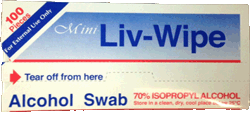
|
 |
When a person drinks alcohol, it is absorbed into the bloodstream via small blood vessels in the walls of the stomach and small intestine.
Within minutes of drinking alcohol, it travels from the stomach to the brain, where it quickly produces its effects, slowing the action of nerve cells, because it is a depressant, meaning that it slows down vital functions—resulting in slurred speech, unsteady movement, disturbed perceptions and an inability to react quickly. |
It also travels to the liver, which works to rid the body of it because it is a "toxin" or a poison. The liver can only metabolize a certain amount at a time, leaving the excess circulating throughout the body. When the liver cannot keep up with the amount of alcohol taken in a person is said to be "intoxicated" as the blood has high concentrations of toxins (poisons) circulating to every organ in the body and causing damage.
When the amount of alcohol in the blood exceeds a certain level, the respiratory (breathing) system slows down markedly, and can cause a coma or death, because oxygen no longer reaches the brain. |

Cirrhois of the liver develops
when a person continues to drink |

|
The amount of alcohol in the blood will vary depending on a number of factors:
- the amount of alcohol in the drink - some drinks have more alcohol in them than others.
- the size of the drink - whether the person drank a large or small amount.
- whether the person had a drink with an empty stomach - food in the stomach slows down the rate at which alcohol moves into the bloodstream.
- the size of the person - a small person who drinks alcohol will have a higher concentration of alcohol in the blood, because they have a smaller body mass.
- the amount of fat a person has - alcohol is not absorbed into fatty tissue so it is concentrated in a smaller body mass.
|
Children and teens absorb alcohol faster than adults, and their livers cannot deal with it as quickly. According to research, young people who begin drinking before age 15 are four times more likely to develop alcohol dependence than those who begin drinking at age 21.
Drinking is more harmful to teens than adults because their brains are still developing throughout adolescence and well into young adulthood. Drinking during this critical growth period can lead to lifelong damage in brain function, particularly as it relates to memory, motor skills (ability to move) and coordination.
When pregnant mothers drink, alcohol enters the bloodstream, passes through the placenta and enters the foetus (unborn child) causing damage to the developing brain.
The best choice is to say "NO!"
to alcohol. |
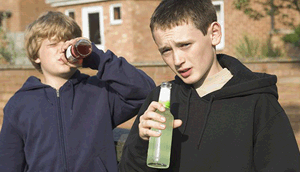
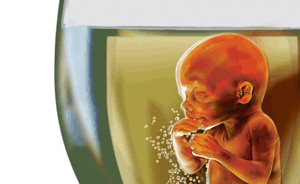
|
|
Common Names |
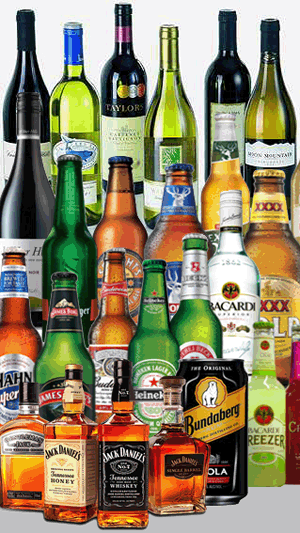 |
Alcohol is found in the following drinks:
- beer - made from cereal grains, such as malted barley, rice, wheat and corn
- wine - made from grapes
- champagne - made from grapes, sugar and yeast (has 2 fermentation processes)
- liqueurs - made from a distilled spirit that has been flavored with fruit, cream, herbs, spices, flowers or nuts and bottled with added sugar or other sweetener
- rum - distilled from molasses and sugarcane juice
- gin - made from juniper berries
- brandy - produced from distilled wine made from fermented fruit
- vodka - made from sorghum, rye, corn, molasses, potatoes, wheat, etc.
- tequila - made from the agave plant in Mexico
- whisky - made from grains such as barley, malted barley, rye, malted rye, wheat and corn.
- cocktails - mixtures of fruit juice, liqueurs and other flavours
- alcopops - alcoholic drinks to which flavourings or fruit juice has been added to resemble sodas or lemonade
- sake - Japanese rice wine
|
|
Short Term Effects |
|
Depending on how much is taken and how quickly and the physical condition of the individual, alcohol can cause:
- An initial feeling of happiness, relaxation and sedation
- Slurred speech
- Drowsiness
- Inability to feel pain
- Vomiting - the body is trying to get rid of the poison
- Upset stomach & diarrhoea
- Headaches
- Breathing difficulties
- Distorted vision and hearing
- Impaired judgment, brain function
- Decreased perception and coordination
- Impaired motor skills
- Diminished sense of responsibility
- Anaemia (loss of red blood cells)
- Hangover
- Accidents
- Blackouts (memory lapses, where the drinker cannot remember events that occurred while under the influence)
- Coma & death from severe toxic overdose
|


|
|
Long Term Effects |
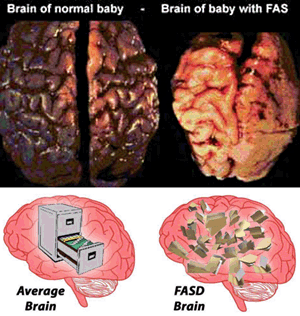

|
Alcohol affects every organ in the drinker's body and can damage a developing foetus (FASD), giving that child a lifetime of disabilities to cope with such as growth deficiencies, facial abnormalities, and damage to the brain and nervous system. Even an occasional drink can cause long term effects.
Continued alcohol use are also associated with many health problems, including:
- Unintentional injuries such as car crash, falls, burns, drowning
- Intentional injuries such as firearm injuries, sexual assault, domestic violence
- Increased on-the-job injuries and loss of productivity
- Increased family problems, broken relationships
- Alcohol poisoning
- High blood pressure, stroke, and other heart-related diseases
- Liver disease - cirrhosis of the liver
- Nerve damage
- Sexual problems
- Permanent damage to the brain
- Vitamin B1 deficiency, which can lead to a disorder characterized by amnesia, apathy and disorientation
- Ulcers
- Gastritis (inflammation of stomach walls)
- Malnutrition
- Cancer of the mouth and throat
- Alcoholism
|
Alcoholism or alcohol dependence consists of four symptoms:
- Craving: a strong need, or compulsion, to drink.
- Loss of control: the inability to limit one’s drinking on any given occasion.
- Physical dependence: withdrawal symptoms, such as nausea, sweating, shakiness and anxiety, occur when alcohol use is stopped after a period of heavy drinking. Serious dependence can lead to life-threatening withdrawal symptoms including convulsions, starting eight to twelve hours after the last drink. The delirium tremens (D.T.’s) begins three to four days later where the person becomes extremely agitated, shakes, hallucinates and loses touch with reality.
- Tolerance: the need to drink greater amounts of alcohol in order to get high.
Alcohol kills more teenagers than all other drugs combined. It is a factor in the three leading causes of death among 15 to 24 year-olds: accidents, homicides and suicides.
View this movie on Alcohol and its effects compiled by Malek, one of our past Drug Free Kids members, who is now a 16 year old Drug-free Youth. |


|
|
Just say "NO!"

|
References |
Scott, Tom & Grice, Allen: The Great Brain Robbery. Allen & Unwin, St Leonards, NSW 1997
https://en.wikipedia.org/wiki/Alcohol
https://en.wikipedia.org/wiki/Liqueur
https://www.drugabuse.gov/drugs-abuse/alcohol
http://www.drugfreeworld.org/drugfacts/alcohol.html
http://www.parenthub.com.au/news/parenting-news-news/teen-binge-drinking-influenced-adults/
http://www.police.act.gov.au/roads-and-traffic/drink-driving
http://www.buzzle.com/articles/alcoholic-drink-names.html
|
Last updated: Tuesday, 23 June, 2020 |

